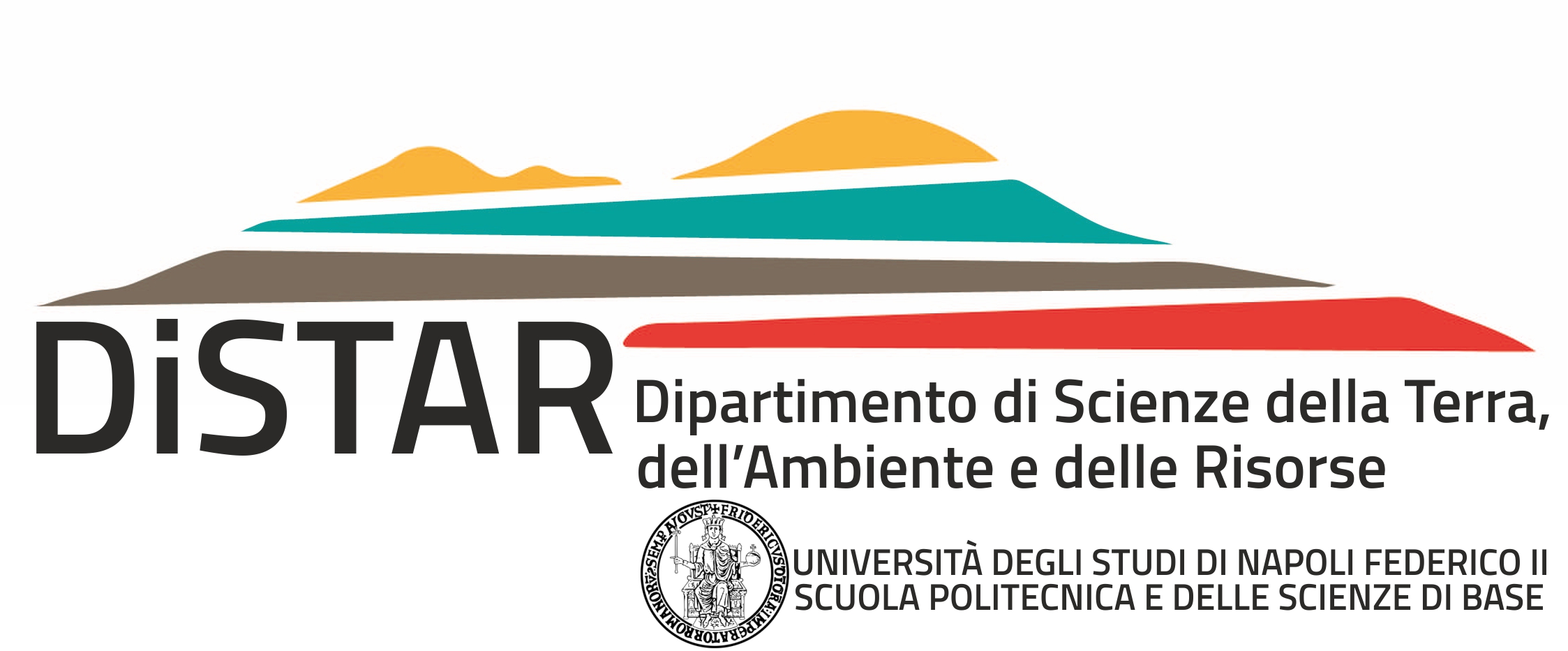
 Giovedì 22 Febbraio, con inizio alle ore 11:00 nell’aula Geo 3 (Edificio L, piano terra, Complesso Universitario di Monte Sant’Angelo), il Prof. Giorgio Pennacchioni (Dipartimento di Geoscienze, University of Padova), terrà due seminari dal titolo:
Giovedì 22 Febbraio, con inizio alle ore 11:00 nell’aula Geo 3 (Edificio L, piano terra, Complesso Universitario di Monte Sant’Angelo), il Prof. Giorgio Pennacchioni (Dipartimento di Geoscienze, University of Padova), terrà due seminari dal titolo:
1. The Geological Record of the Earthquake Cycle in the Lower Crust
2. Glassy pseudotachylytes from the Lanzo ophiolites (Western Alps): a storyteller of the seismicity, strenght and metastability of oceanic dry lithospheric plates during intermediate depth subduction
Tutti gli interessati sono invitati a partecipare. E' particolarmente gradita la partecipazione di tesisti, dottorandi e assegnisti.
The Geological Record of the Earthquake Cycle in the Lower Crust Abstract: The rheology and the conditions for viscous flow of the dry granulite facies lower crust are still poorly understood. Viscous shearing in the dry and strong lower crust commonly localizes in pseudotachylyte veins, but the deformation mechanisms responsible for the weakening and viscous shear localization in pseudotachylytes are yet to be explored. We investigated examples of pristine and mylonitized pseudotachylytes in anorthosites from Nusfjord (Lofoten, Norway). Mutual overprinting relationships indicate that pristine and mylonitized pseudotachylytes are coeval and resulted from the cyclical interplay between brittle and viscous deformation. The stable mineral assemblage in the mylonitized pseudotachylytes consists of plagioclase, amphibole, clinopyroxene, quartz, biotite,6 garnet 6 K-feldspar. Amphibole-plagioclase geothermobarometry and thermodynamic modeling indicate that pristine and mylonitized pseudotachylytes formed at 650–7508C and 0.7–0.8 GPa. Thermodynamic modeling indicates that a limited amount of H 2 O infiltration (0.20–0.40 wt. %) was necessary to stabilize the mineral assemblage in the mylonite. Diffusion creep is identified as the main deformation mechanisms in the mylonitized pseudotachylytes based on the lack of crystallographic preferred orientation in plagioclase, the high degree of phase mixing, and the synkinematic nucleation of amphiboles in dilatant sites. Extrapolation of flow laws to natural conditions indicates that mylonitized pseudotachylytes are up to 3 orders of magnitude weaker than anorthosites deforming by dislocation creep, thus highlighting the fundamental role of lower crustal earthquakes as agents of weakening in strong granulites.
Glassy pseudotachylytes from the Lanzo ophiolites (Western Alps): a storyteller of the seismicity, strength and metastability of oceanic dry lithospheric plates during intermediate depth subduction We document the exceptional preservation of glass in pseudotachylyte that formed in gabbro dykes within the Lanzo ultramafic massif (Western Alps; Moncuni locality) under eclogite-facies conditions during subduction. Great part of the Moncuni peridotites and gabbros show a high-temperature mantle to oceanic mylonitic foliation and escaped crystal-plastic deformation (and largely metamorphism) during the Alpine subduction and exhumation. In the gabbros, the magmatic and mylonitic minerals show a shattered microstructure, pervasive sharp slip planes and thin cataclasites, commonly associated with pseudotachylytes. The gabbro pseudotachylytes preserve pristine glass including microlites of olivine, plagioclase, clinopyroxene and locally garnet. Fourier transform infrared spectrometry and Raman analysis establish that the glass is dry. Within peridotite (that hosts the gabbros) pseudotachylyte did not preserve glass, but consists of a microcrystalline annealed groundmass and microlites. Rare minute garnet overgrowing gabbro pseudotachylyte glass, and development of static eclogite-facies assemblages in both pseudotachylytes and host gabbro within partially hydrated domains, indicate that pseudotachylytes experienced high-pressure conditions (550 °C at 2.1 GPa). The survival of glass and the absence of subduction-related ductile deformation demonstrate the dramatic control of aqueous fluids over the kinetics of metamorphic reactions and rheology. The development of mantle and oceanic high-temperature foliations (ca. 800 °C) indicate a temperature threshold for crystal-plastic deformation to occur in these dry rocks, consistently with the temperature cut-off for both the oceanic environment and intermediate depth seismicity in subducting plates. These rocks represent a proxy for the rheological behaviour of a subducting dry oceanic lithosphere, which is rarely exposed in exhumed orogenic accretionary wedges that mainly incorporate material from the fluid-rich subduction channel.










